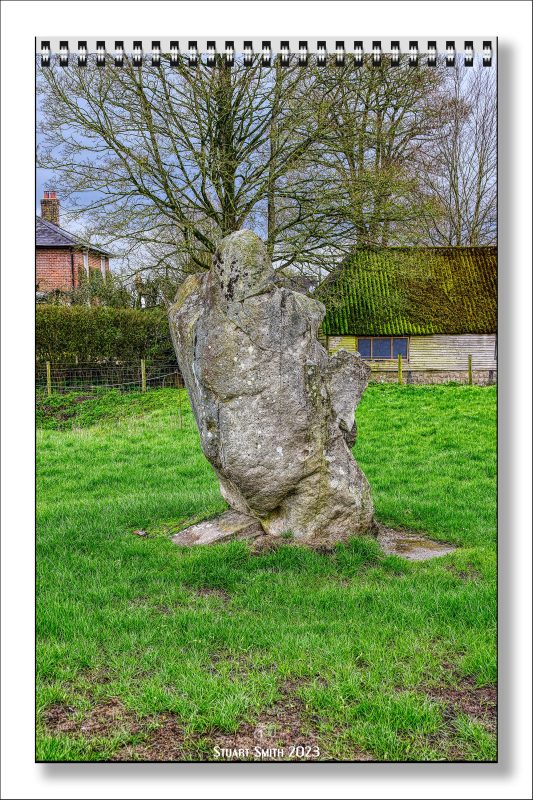On our way to the Cotswolds, we passed the famous neolithic sites of Silbury Hill and the Avebury Henge and Stone Circles
 Silbury Hill, A4, West Kennet, Marlborough, Wiltshire, England UK
Silbury Hill, A4, West Kennet, Marlborough, Wiltshire, England UK
Composed mainly of chalk and clay excavated from the surrounding area, the mound stands 40 metres (131 ft) high and covers about 2 hectares (5 acres). The hill was constructed in several stages between c.2400–2300 BC and displays immense technical skill and prolonged control over labour and resources. Archaeologists calculate that it took 18 million person-hours, equivalent to 500 people working for 15 years to deposit and shape 248,000 cubic metres (324,000 cu yd) of earth and fill. Euan Mackie, a British archaeologist and anthropologist, asserts that no simple late Neolithic tribal structure as usually imagined could have sustained this and similar projects, and envisages an authoritarian theocratic power elite with broad-ranging control across southern Britain.
Avebury Henge & Stone Circles, Avebury, Marlborough, Wiltshire, England UK
Built and much altered during the Neolithic period, roughly between 2850 BC and 2200 BC, the henge survives as a huge circular bank and ditch, encircling an area that includes part of Avebury village. Within the henge is the largest stone circle in Britain – originally of about 100 stones – which in turn encloses two smaller stone circles.
Avebury is part of an extraordinary set of Neolithic and Bronze Age ceremonial sites that seemingly formed a vast sacred landscape. They include West Kennet Avenue, West Kennet Long Barrow, The Sanctuary, Windmill Hill, and the mysterious Silbury Hill.












